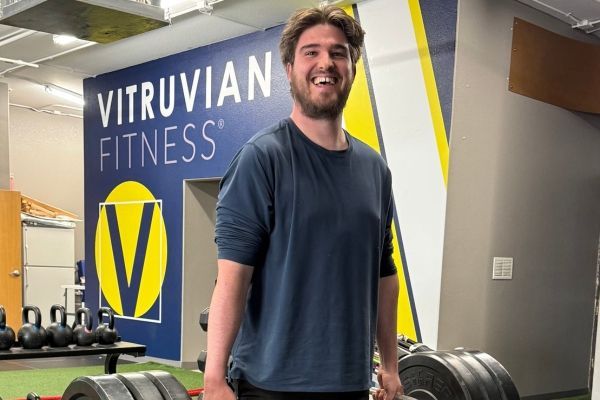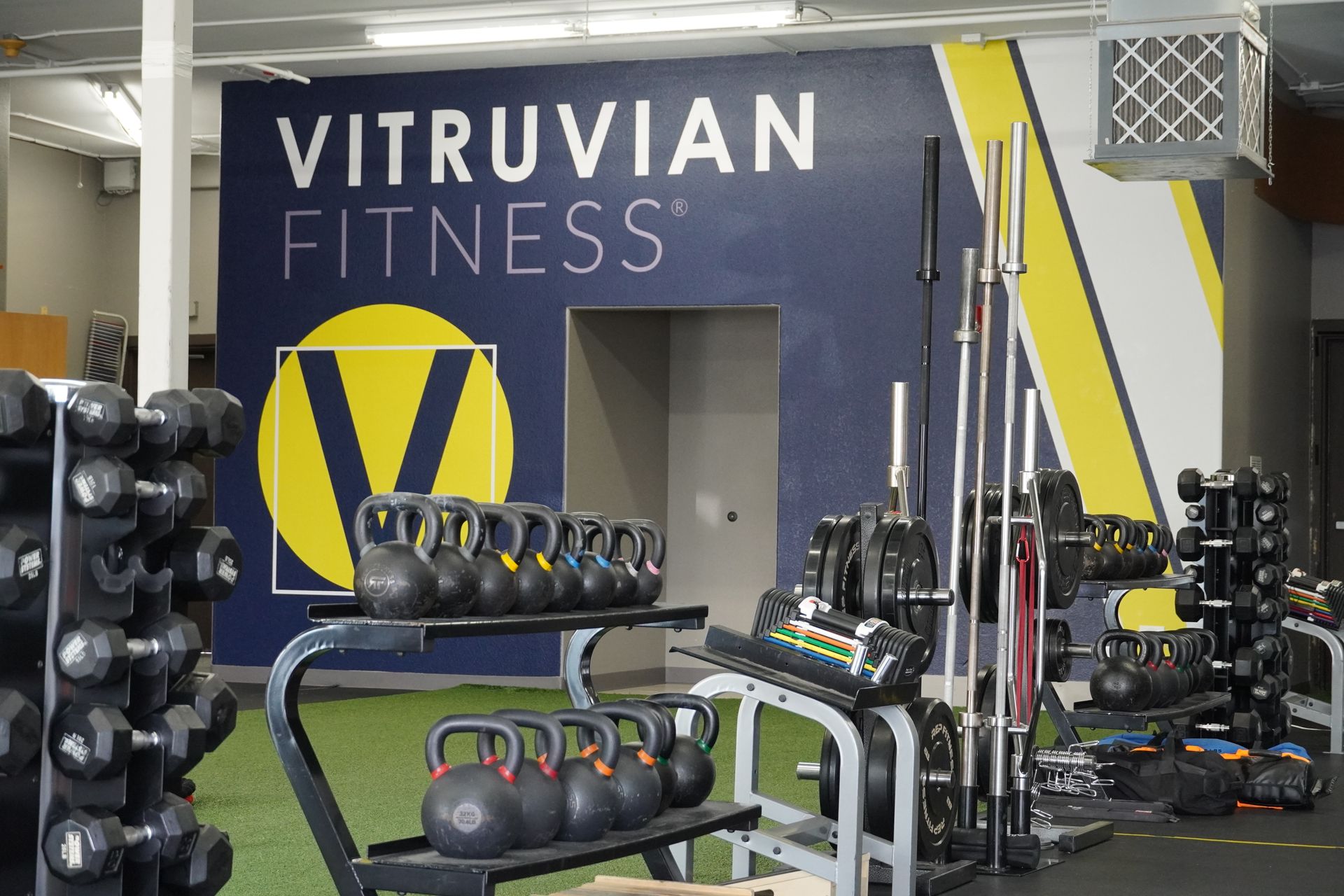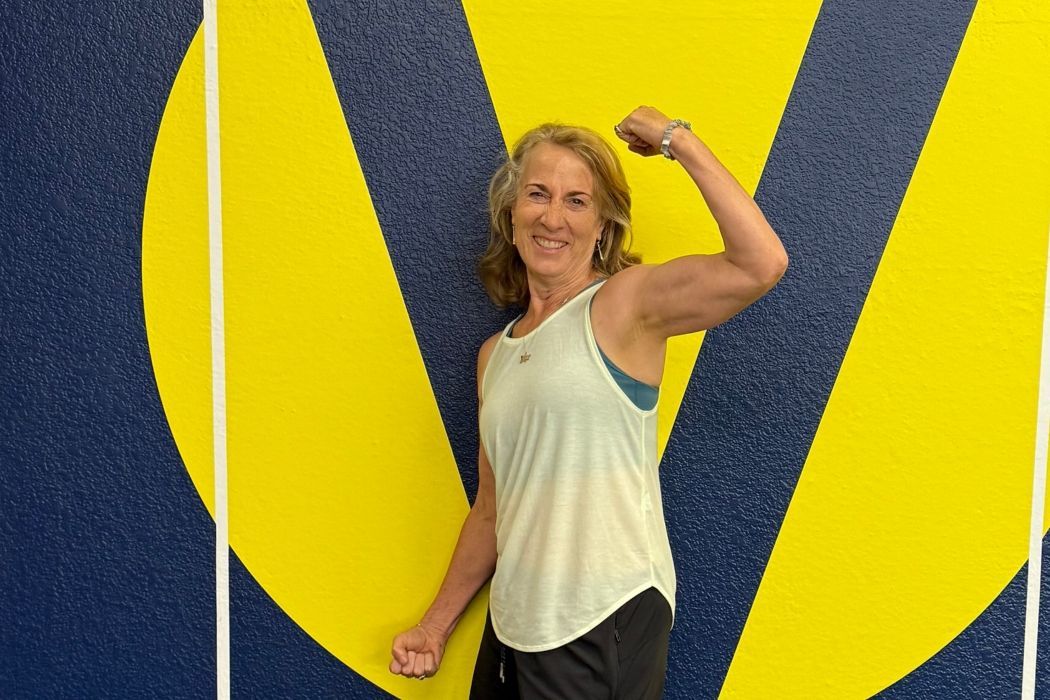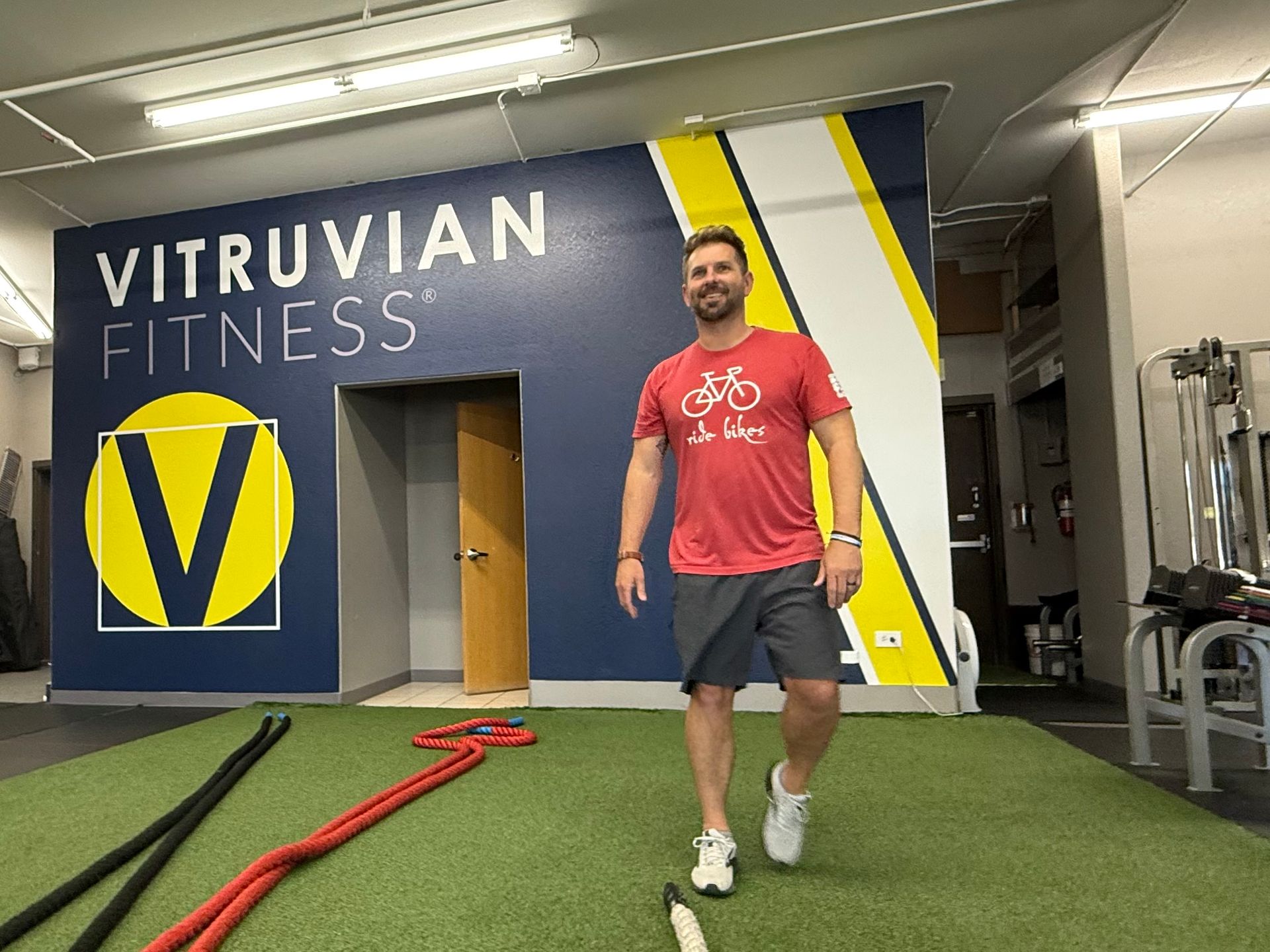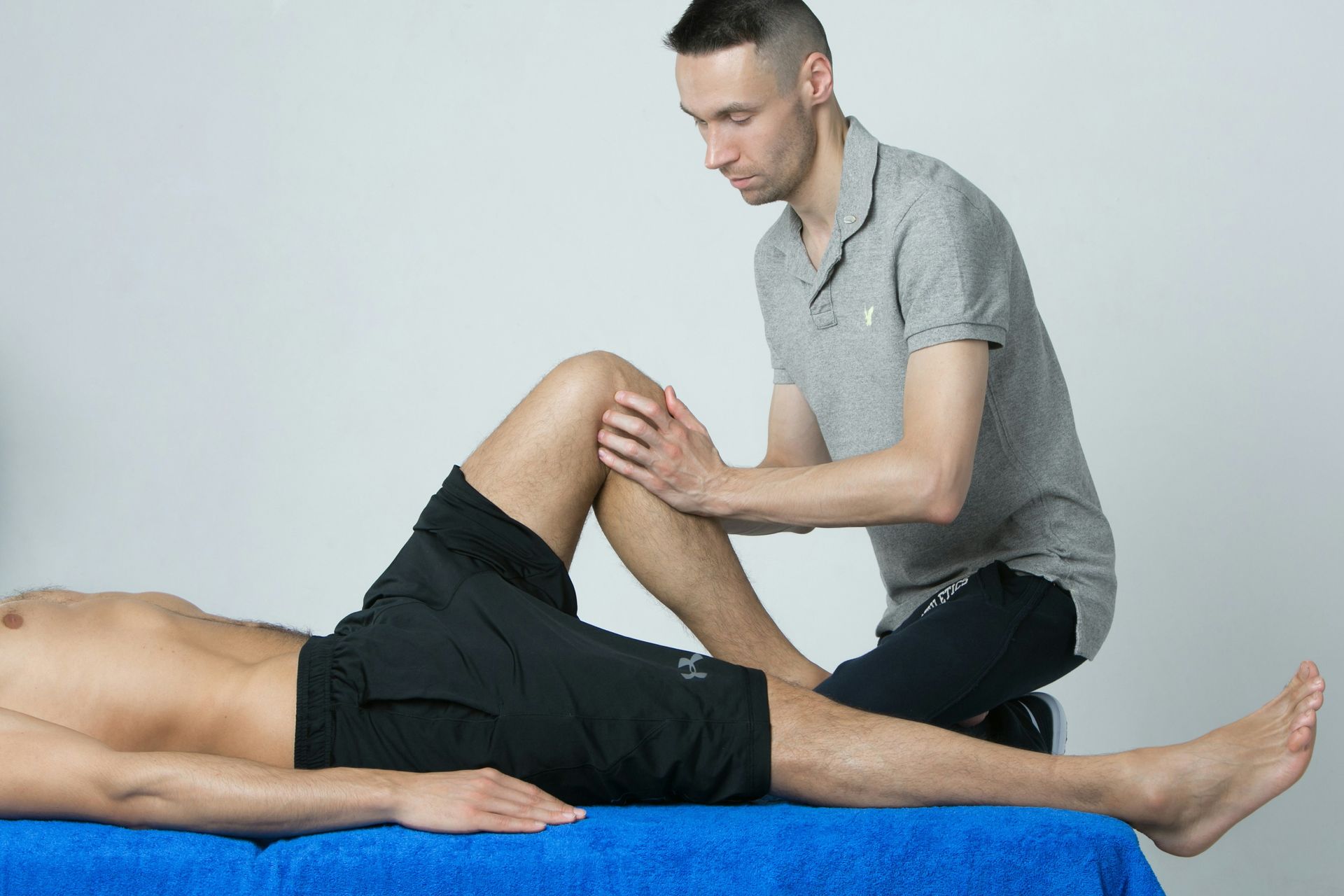Tools for making your healthy eating plan stick
When you make changes to your diet, it can be hard to stick with it. Here are some tools for making the changes stick.
1. Create a menu. Go through recipes, see what looks delicious and make out your weekly menu or just do a couple of days to start.
2. Make a grocery list based off of your menu. When you create a grocery list you are less likely to have food waste and are less likely to overindulge or buy those “bad” foods.
3. Be prepared, Be prepared, Be prepared. I cannot emphasis enough how very important being prepared is to your success. The more you are prepared the less likely you are to grab those “bad” foods. After shopping clean all your veggies, salad fixings and get anything made ahead of time. The more you have prepped the easy your food life will be.
4. Utilize your freezer. When making dishes freeze a portion of it to have at a later time. This is especially helpful when making sauces and soups.
5. Utilize the deli at your local health market, Whole Foods is my favorite. There are often times very healthy dishes that are easy to grab when on the go or just to tired to cook in these prepared food sections. Many meals are gluten, diary, and soy-free and are organic.
6. Friends share food. Make a healthy dish, bring the left overs to your friends and have them do the same. That way you are only making one dish but you are getting several new ones in return.
7. Explore your grocery store. Learning about labels, new foods and cheaper ways to eat can be vital to a new eating plan.
8. Take a cooking class. Wether you hate cooking or you just need new recipes a cooking class can really get your creative juices flowing.
9. Out of sight, out of mind. Get the temptation out of your line of vision. Clean out your pantry and donate to your local food bank.
You might also enjoy these posts . . .
